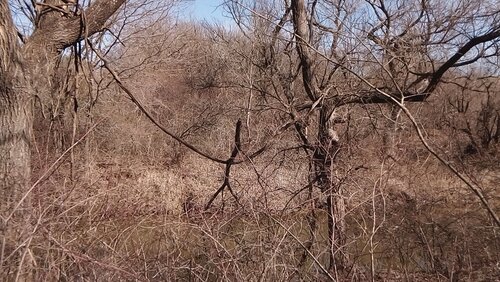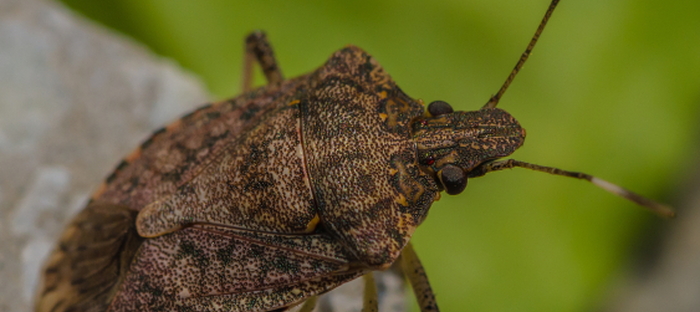Christel
Member
During my little walkabout, I noticed more butterflies are out, and so are the ticks. Of course, now that I am owned by a Cham (veiled), the first thing I thought when I picked the tick off, was - I wonder if she can eat this?
It gets me to wondering, what other indigenous bugs could be harvested for v. cham feedings? I do already know now of the grasshoppers, not the bad ones, of course... and harlequin beetles, and moths and butterflies, but what else that I might stumble across would be considered edible?
Cuz, who knows, perhaps one day, a few years down the road, I might take her with me, on the walk to the "wild side".. ?
It gets me to wondering, what other indigenous bugs could be harvested for v. cham feedings? I do already know now of the grasshoppers, not the bad ones, of course... and harlequin beetles, and moths and butterflies, but what else that I might stumble across would be considered edible?
Cuz, who knows, perhaps one day, a few years down the road, I might take her with me, on the walk to the "wild side".. ?


